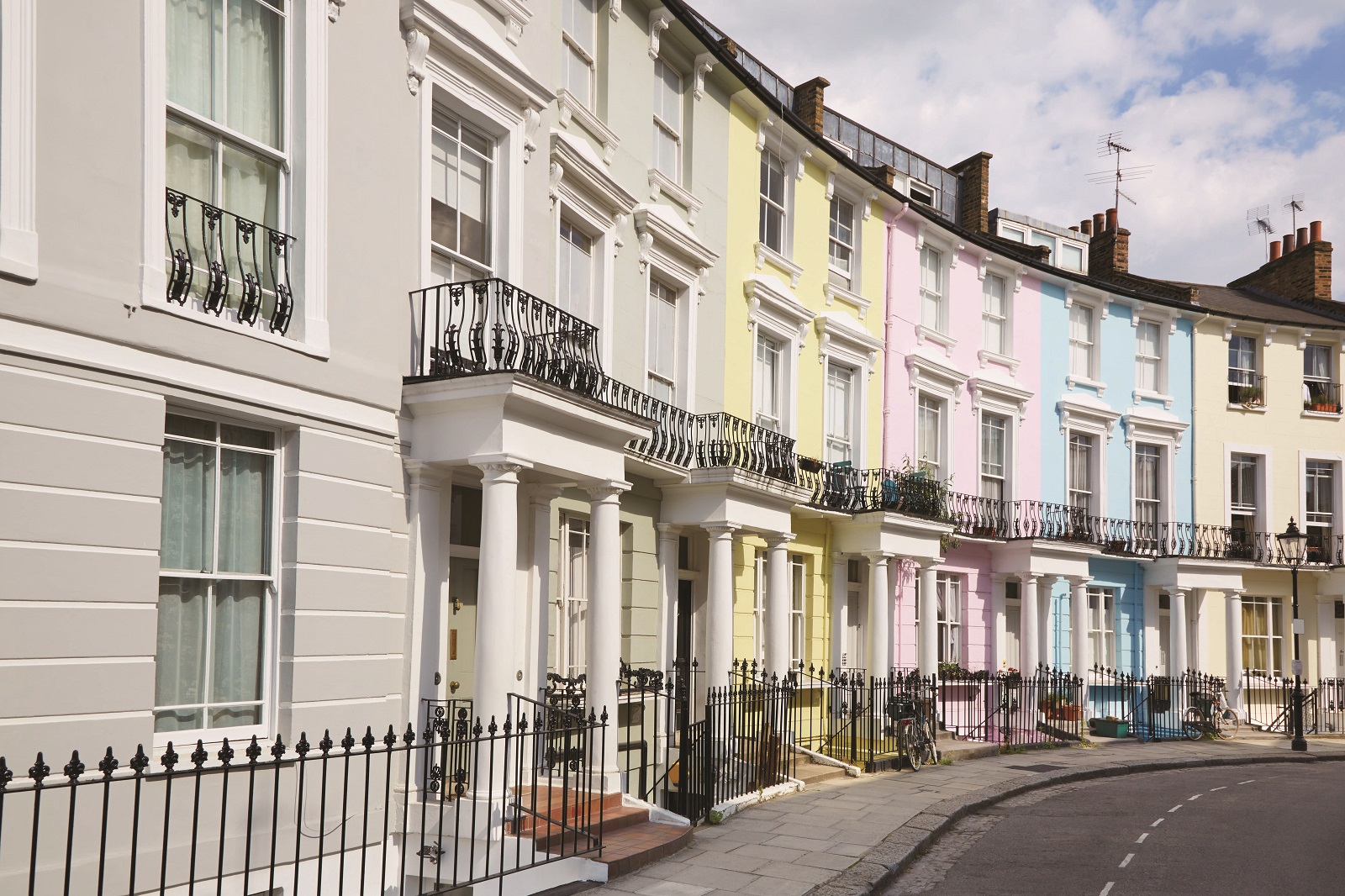by Tom Bill
Average rental values in prime central London declined 0.3% in May, which contributed to an annual fall of 4.8%.
This latest annual figure represents an improvement from -5.2% recorded at the end of 2016. The rate of rental value declines is slowing as the level of new supply of rental stock coming to the market slows.
The declines were less marked in lower and higher price brackets, as the below table shows. At lower price points, this is the result of continued strong demand among younger professionals for lettings properties as well as the fact corporate accommodation budgets have been curbed, boosting demand at lower price points.
Meanwhile, above £2,000 per week, demand remains stronger due to uncertainty around the short-term prospects for price growth in the sales market as a result of higher rates of stamp duty.
| Rental value growth in prime central London in May 2017 | ||||||
| £250 – £500 pw | £500 – £750 pw | £750 – £1,000 pw | £1,000 – £1,500 pw | £1,500 – £2,000 pw | £2,000 + pw | |
| 1 month | 0.0% | 0.0% | -0.1% | -0.5% | -0.4% | -0.4% |
| 3 months | -0.6% | -0.2% | -0.9% | -1.5% | -1.3% | -0.7% |
| 6 months | -0.8% | 0.1% | -1.4% | -3.3% | -2.9% | -1.7% |
| 1 year | -1.7% | -2.5% | -4.0% | -7.7% | -7.9% | -5.4% |
| YTD | -0.8% | -0.5% | -0.5% | -2.6% | -2.2% | -1.1% |
Between January and May 2017, the number of new rental properties coming to the market in prime central London fell 6% compared to 2016.
Relatively high stock levels have been a feature of the market since early 2015, as increased sales taxes and short-term uncertainty over pricing in the sales market prompted many would-be vendors to become landlords.
This trend has started to ease as activity in the sales market stabilises.
The slowdown in the volume of new lettings stock entering the market has also been reinforced by recent tax changes for landlords. As part of measures that came into effect in April, tax relief for landlords’ finance costs will be restricted to the basic rate of income tax.
However, while tax changes are one factor, it would be wrong to overstate their impact and many landlords still value the total returns on offer in prime central London as well as the benefits of owning a safe-haven asset. As stock levels come down, we expect rental value declines to continue to slow through 2017.
While stock levels fall, demand is increasing. Compared to the same period on 2016, Knight Frank data confirms that the number of new prospective tenants registering between January and May rose 13% while the number of tenancies agreed increased 26% and the number of viewings rose 24%.
Demand is stronger in lower and higher price bands. The number of new prospective tenants registering below £1,000 per week rose 15% in the first five months of the year versus 2016. The like-for-like increase was 62% above £5,000, a price band that represented less than 10% of those registering, while there was a more modest 7% rise in the number of new prospective tenants between £1,000 and £5,000.











